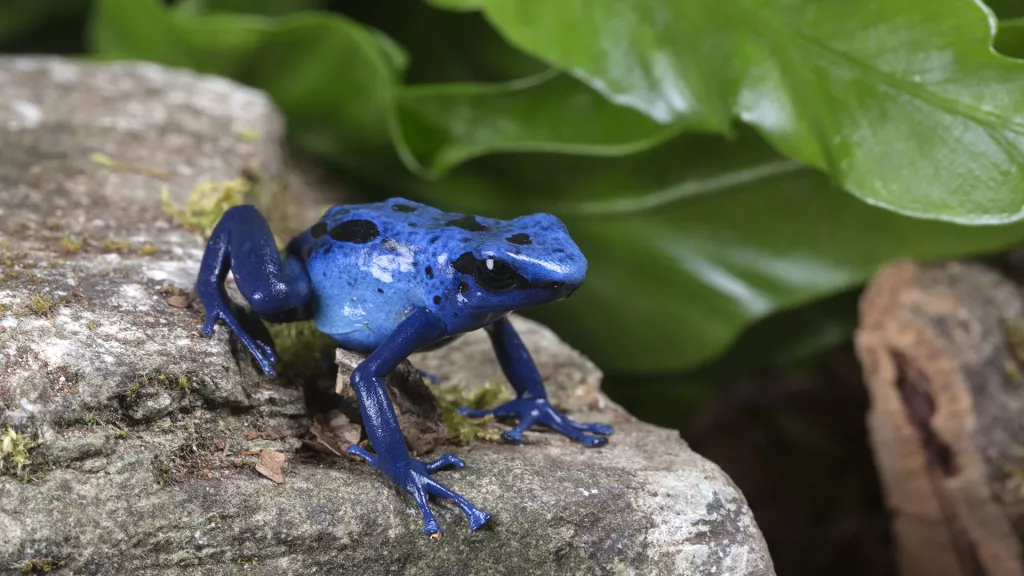HOME
Why is the color blue so rare in nature?

When you look up at the blue sky overhead or gaze across the seemingly endless expanse of a blue ocean, you might think that the color blue is common in nature.
But among all the hues found in rocks, plants and flowers, or in the fur, feathers, scales and skin of animals, blue is surprisingly scarce.
But why is the color blue so rare? The answer stems from the chemistry and physics of how colors are produced — and how we see them.
We're able to see color because each of our eyes contains between 6 million and 7 million light-sensitive cells called cones. There are three different types of cones in the eye of a person with normal color vision, and each cone type is most sensitive to a particular wavelength of light: red, green or blue. Information from millions of cones reaches our brains as electrical signals that communicate all the types of light reflected by what we see, which is then interpreted as different shades of color.
News Source